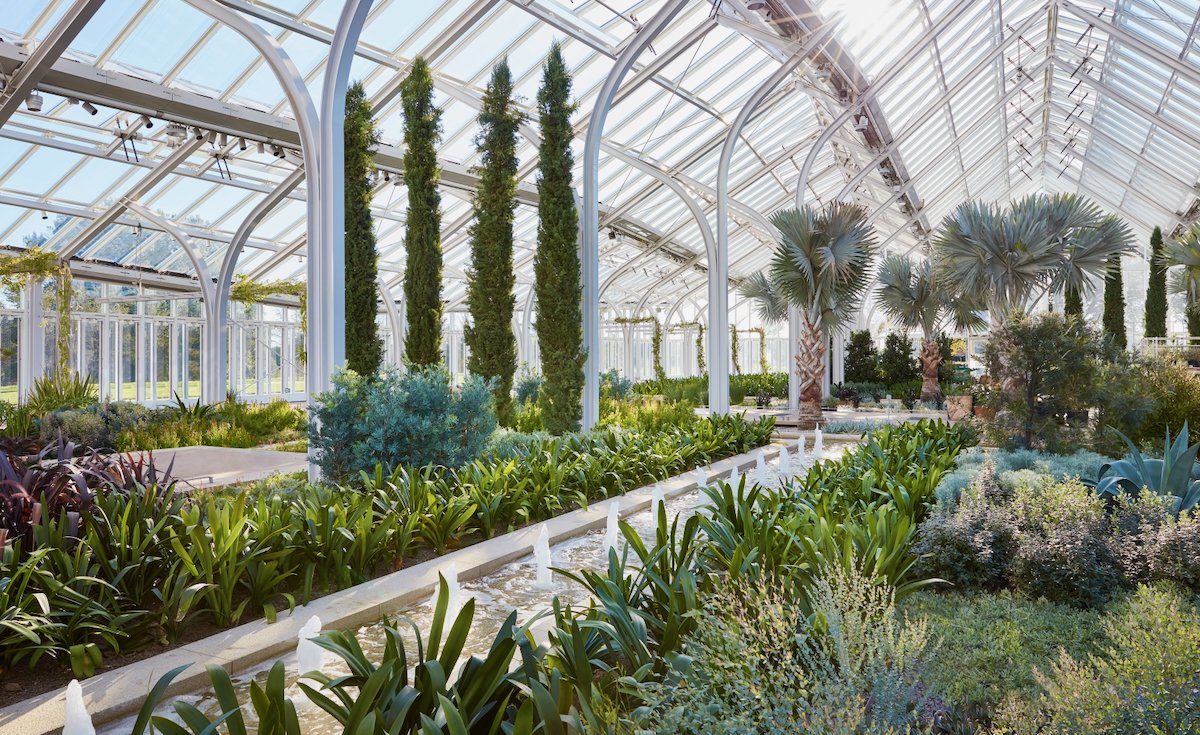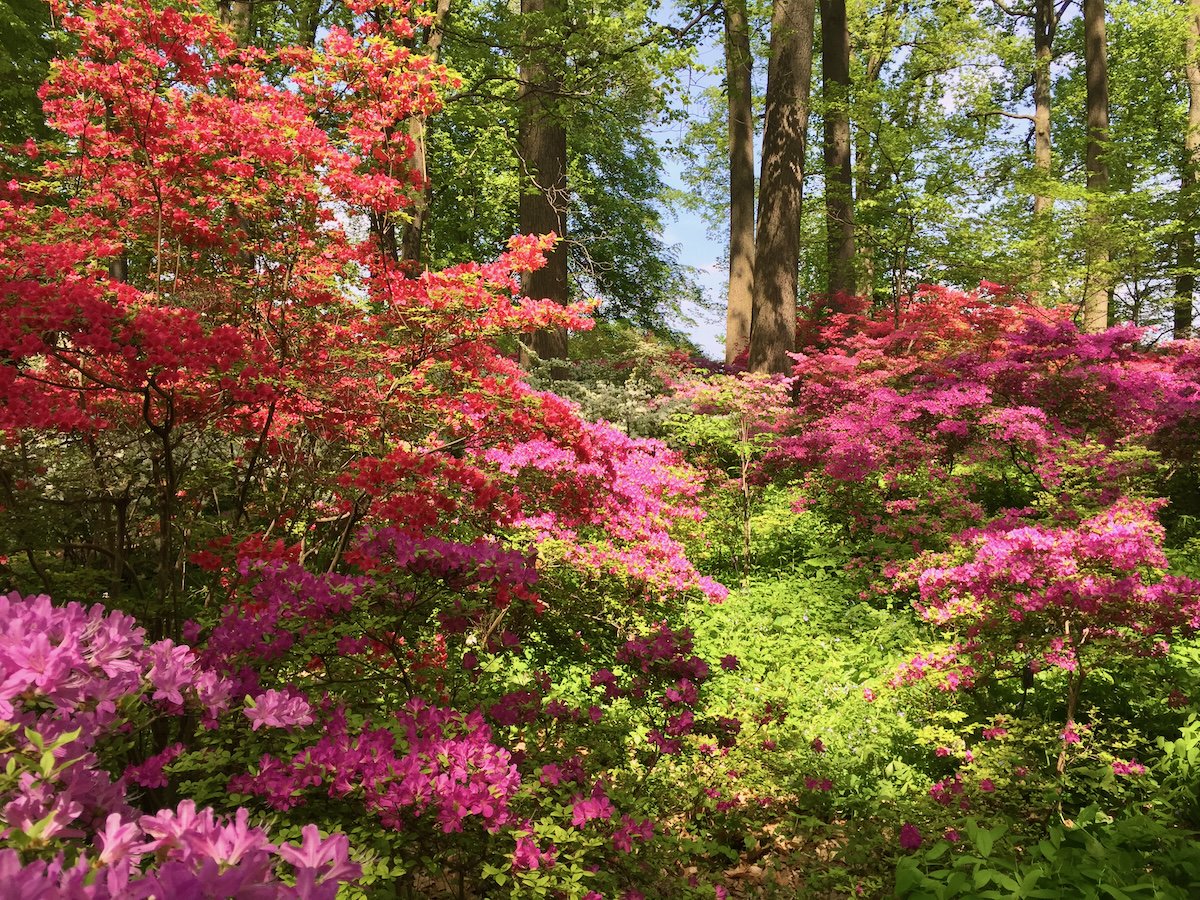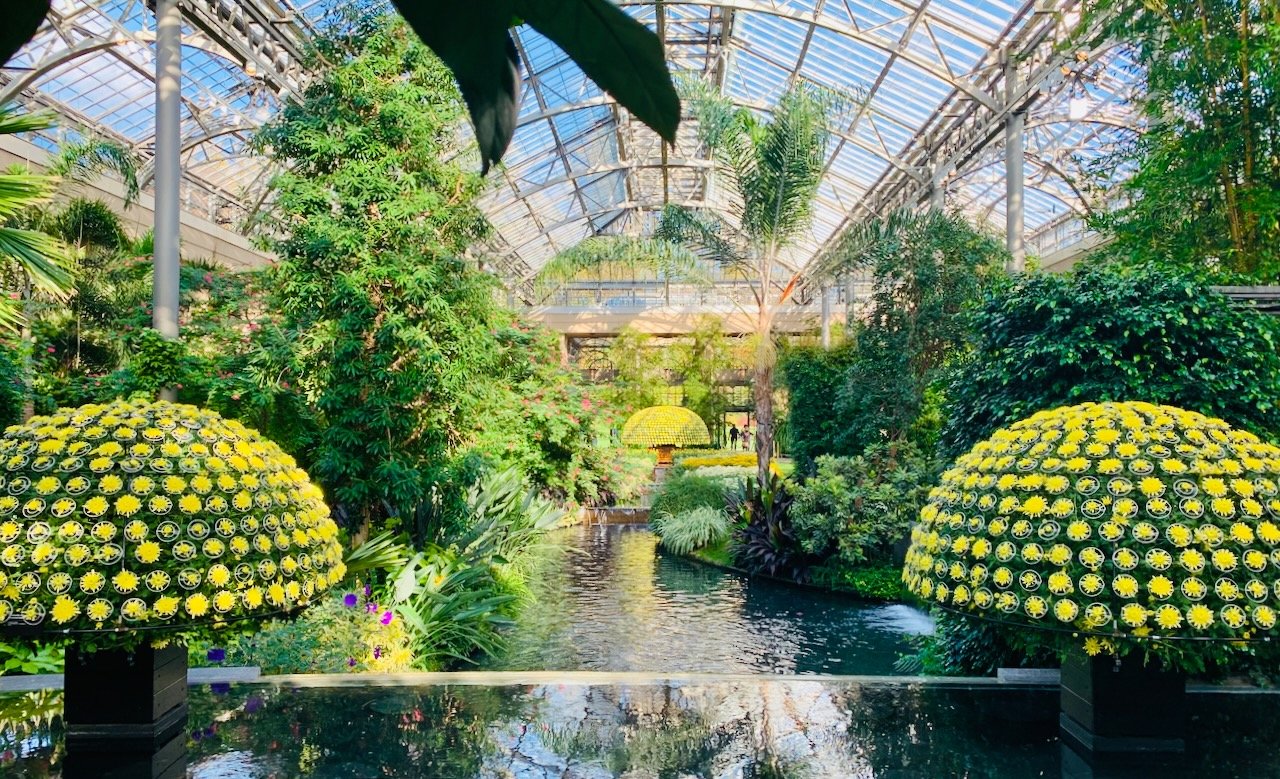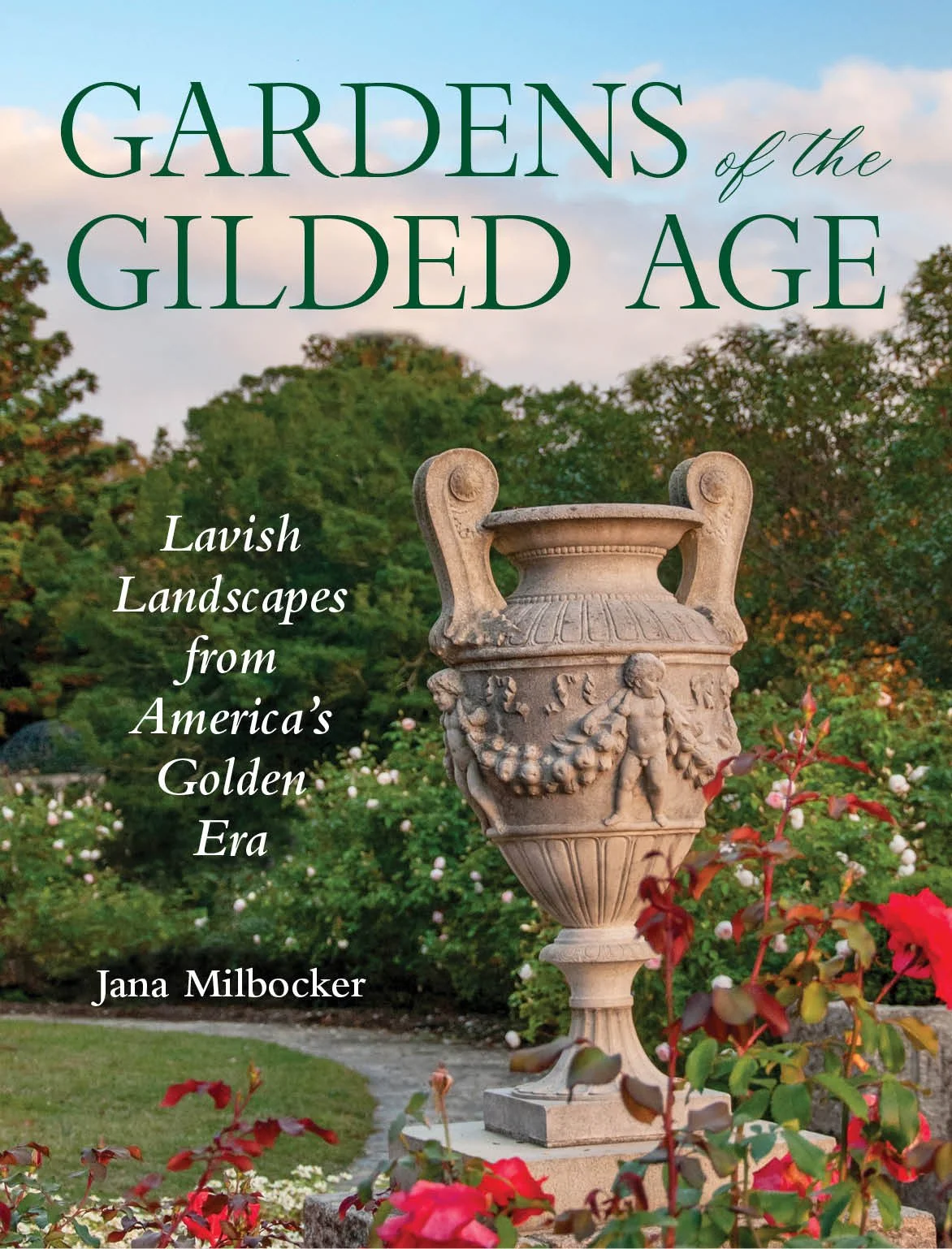Spring Inspiration at the Leonard J. Buck Garden
/If you are looking for a gorgeous garden to visit this spring, plan a trip to The Leonard J. Buck Garden in Far Hills, New Jersey.
The Leonard J. Buck Garden is one of the finest and largest rock gardens in the eastern United States. It consists of a series of alpine and woodland gardens situated in a 33-acre wooded stream valley. While most rock gardens are man-made and small in scale like the alpine plants they showcase, this rock garden is a series of huge natural rock outcroppings in a 500-foot-wide, 90-foot-deep gorge. The gorge was formed at the end of the Ice Age, about 12,000 years ago, when the water from melting glaciers carved out the valley of Moggy Hollow.
The rocky garden backbone was perfect for Leonard Buck, a geologist who made his fortune in mining. As he traveled the world on business, he collected rare plants. In the 1930s Buck was a trustee of the New York Botanical Garden, where he met and hired Swiss-born landscape architect Zenon Schreiber. Their goal was to develop a naturalistic woodland garden composed of many smaller gardens, each with its own character and microhabitat.
Buck and Schreiber worked by eye and proportion, without a formal plan on paper. Buck worked the rock—chiseling, picking, and shoveling to expose the rugged face. Schreiber worked the plants, tucking in rare and exotic specimens and planting azaleas and rhododendrons at the base of the valley walls to create a dazzling display in spring. He also established a backbone of dogwoods, crabapples, shadbush, fothergilla, viburnums, and other native trees and shrubs throughout the property.
The garden’s trails wind past two ponds and a rock-edged stream, through the woods, and up into the gorge. At its spring peak, the garden is a showcase for lady slippers, trilliums, woodland phlox, bergenia, iris cristata, tiarella, epimediums, and columbines, as well as Siberian squill, Spanish bluebells, winter aconite, grape hyacinths, and other miniature bulbs. Japanese primroses line the streambed and masses of azaleas dazzle in the valley. To help plan your visit, the website provides a weekly list of plants in bloom. There is something to see in every season. (For more information about these spring bloomers see the blog articles in the links above.)
When Interstate 287 was being laid out, the original plans called for Interstate 287 to run directly through Buck’s property. However he invited the officials in charge to visit his garden and succeeded in having the highway rerouted. After his death in 1976, the family donated the garden to the Somerset County Park Commission and set up a trust to fund maintenance and renovations.
You Might Also Like




















